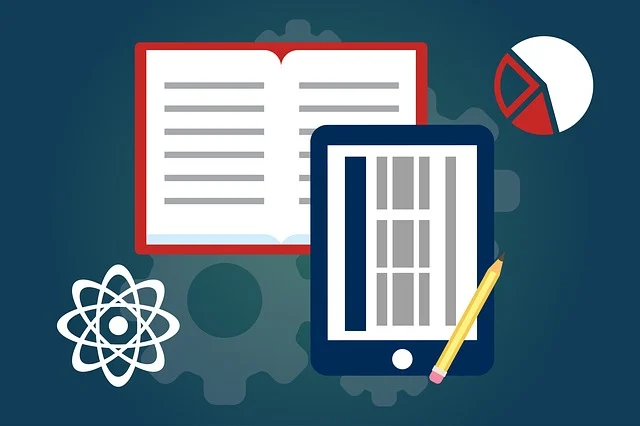Creating an Organized and Efficient Workplace with Digital Tools

For business success, efficiency and organization are key factors. As companies face increasing demands to deliver faster, more accurate results, the ability to streamline operations and improve productivity is essential. Digital tools have emerged as powerful solutions to these challenges, enabling businesses to create organized, efficient workplaces that are agile and responsive to ever-changing needs. From communication to project management, the right digital tools can transform how businesses operate. In this article, discover how to create an organized and efficient workplace by leveraging the right digital tools.
1. Optimizing Task and Project Management
Efficient project management is crucial for staying organized and ensuring that teams meet their goals on time. Without proper coordination, tasks can fall through the cracks, deadlines can be missed, and productivity can suffer. Digital project management tools make it much easier to plan, track, and manage tasks from start to finish.
2. Streamlining Communication with Integrated Platforms
Clear and efficient communication is at the heart of any productive workplace. However, communication can easily become fragmented when using multiple channels, including emails, phone calls, and in-person meetings. If you have found that communication within your business is coming under question, there are two things you can do. First, you can learn more about different techniques from experts like claromentis.com about how to improve internal communication. Then, you can look at getting an integrated workplace platform to bring all communication under one roof, streamlining the flow of information across departments and teams. With instant messaging capabilities and dedicated channels for different projects or teams, employees can quickly share updates, ask questions, and collaborate in real time. This eliminates the delays associated with email communication and ensures faster decision-making.
3. Enhancing Document Management with Cloud Solutions
A cluttered or disorganized document storage system can quickly derail efficiency. Searching for lost files, working on outdated versions of documents, or managing fragmented storage systems can lead to unnecessary delays and frustration. Cloud-based document management tools like Google Workspace, Microsoft 365, and Dropbox offer a streamlined solution for organizing and accessing files.
Another method to streamline document management is through HR tools that integrate with cloud systems. For example, HR system management by SenseHR helps businesses to handle employee documents like contracts, policies, and training materials all in one place. Through features such as AI-driven document creation, digital signatures, and compliance tracking, it simplifies the management and storage of HR-related documents. Additionally, this method eliminates the need for paper, increasing efficiency and compliance in the workplace.
4. Automating Routine Processes with Workflow Automation Tools
Manual, repetitive tasks can take up valuable time and detract from more strategic activities. Workflow automation tools help businesses automate routine processes, improving efficiency and freeing up employees to focus on more meaningful work. This also reduces the likelihood of errors that often occur with manual data entry or task execution, leading to more accurate results and smoother workflows. For HR and payroll-specific automation, businesses can explore hybrid payroll solutions to streamline compliance, onboarding, and employee data processes
5. Improving Time Management with Digital Scheduling Tools
Effective time management is essential for maintaining an organized and productive workplace. Scheduling and time-tracking tools such as Google Calendar, Calendly, and Toggl can help teams manage their time more effectively and ensure that important deadlines are met. These calendars can be shared with others, making it easier to coordinate availability and avoid scheduling conflicts. Some even allow your team members and clients to book meetings based on real-time availability, eliminating the need for back-and-forth emails to find a suitable time.
6. Boosting Productivity with AI and Data Analytics Tools
Artificial intelligence (AI) and data analytics tools are increasingly being used to optimize workplace efficiency. These tools help businesses analyze large amounts of data, identify patterns, and make data-driven decisions that improve productivity.
AI-driven analytics tools like Power BI and Tableau can analyze performance metrics across various departments, for example, helping businesses identify inefficiencies and make informed decisions to improve productivity.
Conclusion
Creating an organized and efficient workplace is no longer a luxury but a necessity in today’s dynamic business landscape. By adopting the right digital tools, businesses can streamline operations, improve communication, and foster collaboration, ultimately boosting productivity and driving growth.







